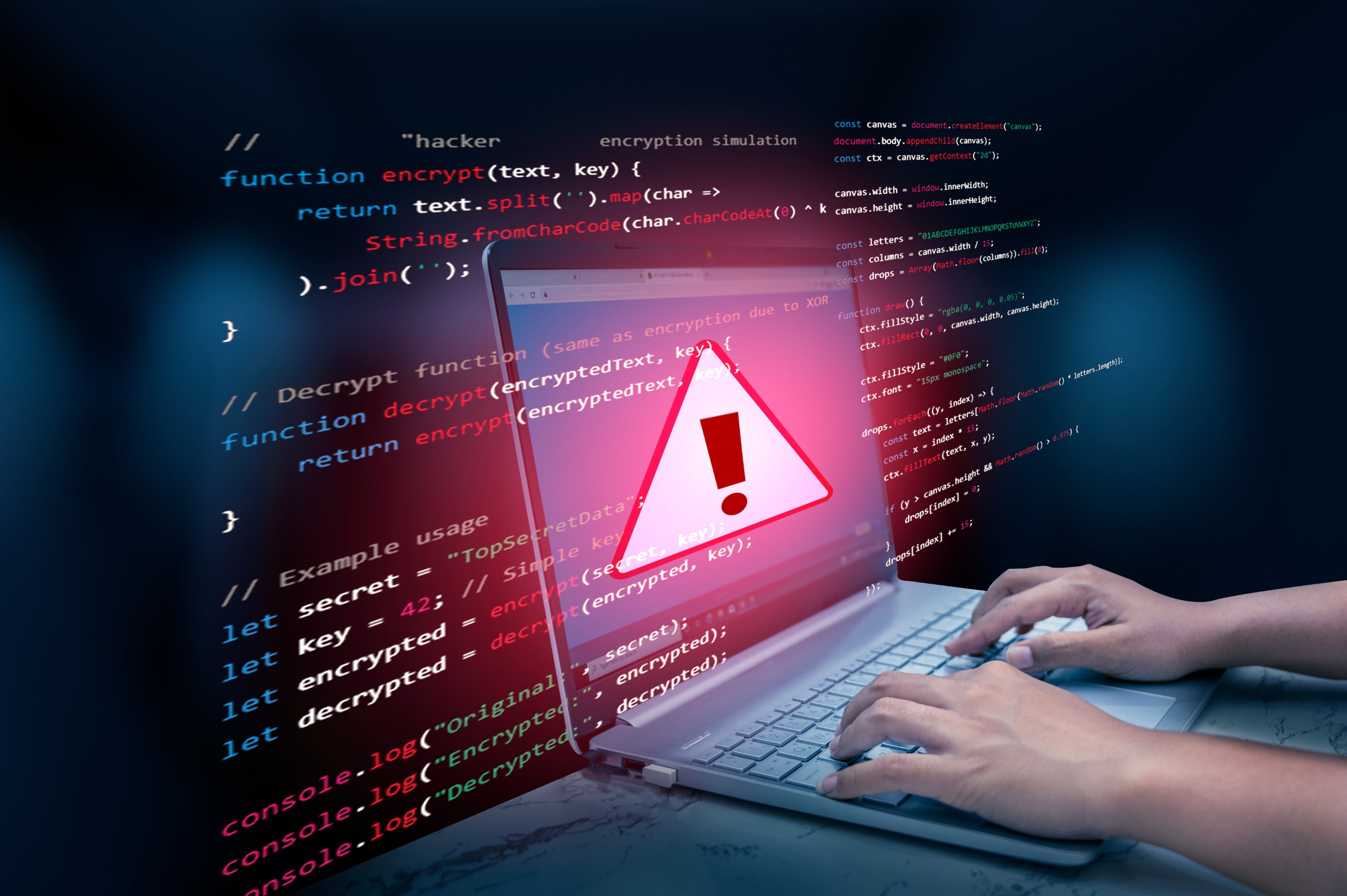Listen here instead:
This blog is particularly beneficial for IT professionals, cybersecurity experts, and executives at organisations that handle credit card data, including SMBs, e-commerce businesses, and financial institutions.
The content explores the critical need for DMARC implementation and its role in enhancing email security and achieving PCI DSS compliance. By understanding DMARC’s usefulness, these professionals can make informed decisions to protect their organisations from cyber threats, thereby safeguarding sensitive data, preserving brand reputation, and avoiding severe penalties associated with non-compliance.
—
In the ever-changing digital landscape, email remains a fundamental communication tool for businesses of all sizes. However, cyber-criminals have increasingly targeted this popular tool, using phishing and spoofing attacks to steal sensitive information from unsuspecting users.
To address this growing threat, the Payment Card Industry Security Standards Council (PCI SSC) has mandated the implementation of Domain-based Message Authentication, Reporting, and Conformance (DMARC) for all organisations handling credit card data. As an international organisation responsible for ensuring secure payment processes and data, PCI SSC sets Data Security Standards that encompass regulations on anti-spam, anti-phishing, encryption, and other security measures.

To stay ahead of evolving cyber threats, the PCI Security Standards Council regularly updates its security parameters, with the upcoming V4 standard taking effect on March 31, 2024. Some provisions are “future dated” until March 31, 2025, giving organisations more time to comply.
One of these future-dated items is DMARC, which must be implemented alongside complementary measures, such as SPF (Sender Policy Framework) and DKIM (DomainKeys Identified Mail), for effective email authentication.
DMARC stands as a robust email authentication protocol that safeguards organisations from phishing and spoofing attacks. Its effectiveness lies in its ability to verify the authenticity of incoming emails, ensuring that they indeed originate from the claimed sender. This mechanism effectively thwarts cyber-criminals’ attempts to deceive users with emails masquerading as real communications from trusted groups, such as banks or retailers.
Adopting DMARC offers a multitude of benefits, including:
- Enhanced Email Security: DMARC significantly strengthens email security by thwarting phishing and spoofing attacks, safeguarding sensitive data and protecting user trust.
- Protected Brand Reputation: DMARC effectively shields an organisation’s reputation from the detrimental effects of phishing and spoofing attacks, preserving its credibility and maintaining customer confidence.
- PCI DSS Compliance: DMARC implementation is now mandatory for all organisations that handle credit card data, ensuring compliance with the stringent PCI Data Security Standard (PCI DSS).
However, while there are many benefits to implementing DMARC tools, Implementing DMARC alongside PCI-DSS V4.0 auditing can be a challenging and time-consuming process.
Organisations typically achieve full compliance within 6 to 9 months, allowing limited time for successful implementation. This adds to the challenge, considering that many organisations, particularly small and medium-sized businesses (SMBs), face difficulties in adopting the email authentication standard due to the complexity associated with deploying DMARC tools.

Unfortunately, any organisation that doesn’t comply with PCI DSS in time may have severe consequences, such as substantial fines, penalties, and even having payment handling privileges revoked.
Thankfully, there is a wealth of available resources and solutions to streamline the implementation process. Firstly, The PCI DSS has a Quick Reference Guide to help businesses understand PCI requirements and standards. Secondly, Mimecast’s DMARC Analyzer solution stands out as a user-friendly tool that simplifies and accelerates DMARC implementation, guiding organisations through the process seamlessly.
Mimecast’s DMARC Analyzer solution offers a comprehensive set of tools to protect your brand by preventing spoofing and misuse of your domains. With this self-service solution, any business can easily become DMARC compliant, gaining full visibility and governance over all your email channels. The solution provides reporting, analytics, and monitoring alerts, empowering you to manage email authentication and enforce policies. By blocking targeted inbound attacks and guiding you towards a DMARC reject policy, Mimecast helps secure organisations from phishing and spoofing attempts.
The solution also offers assistance with DMARC deployment, ensuring a smooth transition into policy enforcement. With rapid deployment, cost-effectiveness, and additional managed services, Mimecast’s DMARC Analyzer solution simplifies the process of deploying and maintaining DMARC in even the most complex environments.
In conclusion, as cyber threats continue to evolve and adapt, DMARC’s role in safeguarding organisations becomes increasingly crucial. Organisations that have yet to adopt DMARC should prioritise its implementation to effectively protect their email infrastructure, safeguard sensitive data, and uphold their brand reputation. The future of DMARC is bright as it continues to evolve to address the ever-changing threat landscape. With its growing adoption and continuous enhancements, DMARC is poised to become the cornerstone of email security for organisations worldwide.





.jpg)



